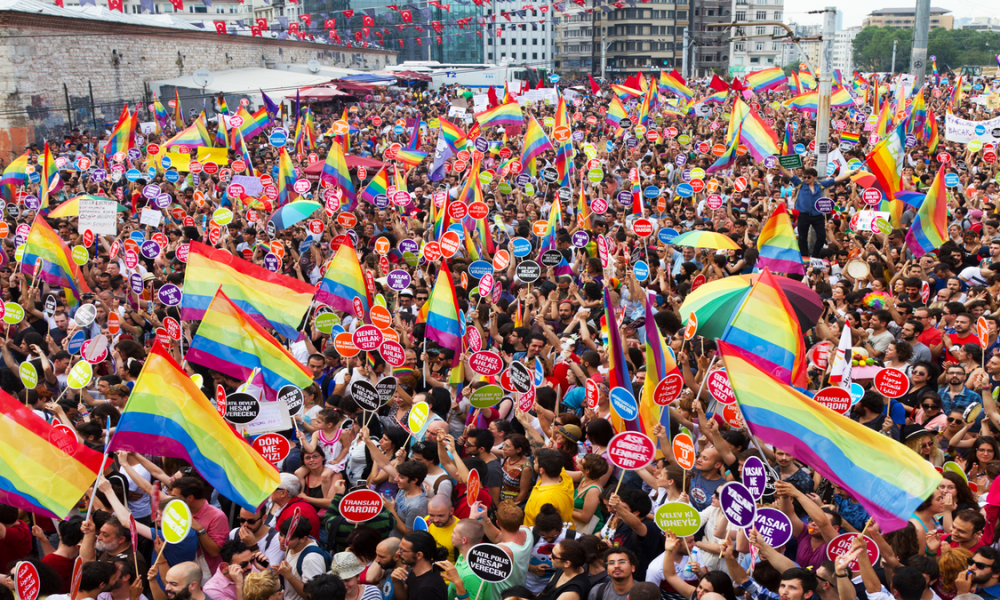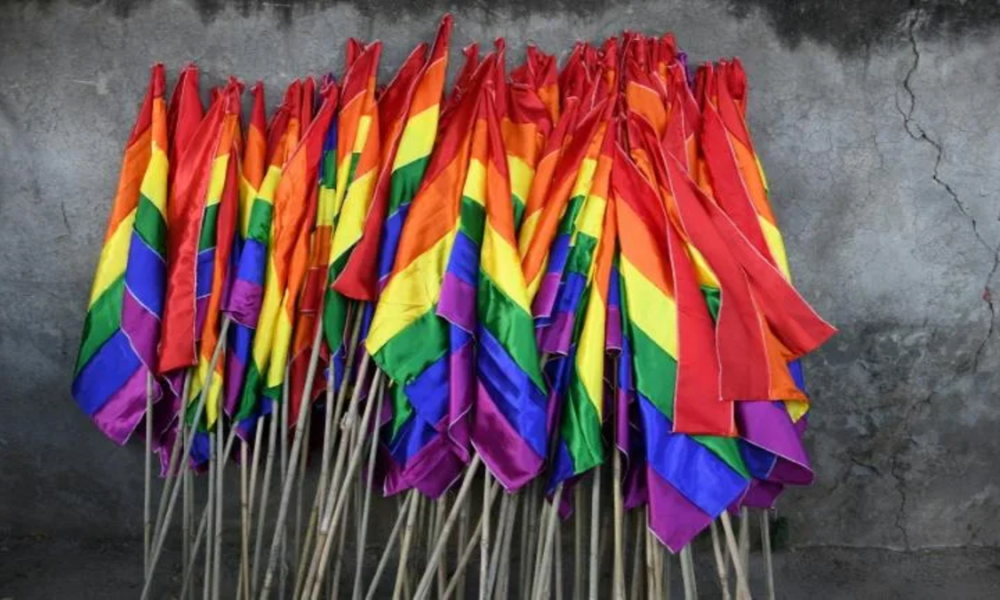June 1st marks the beginning of Pride Month, 30 days of recognizing the lesbian, gay, bisexual, transgender, and queer (LGBTQ+) community. Throughout June, marches, parades, and more events celebrate the importance of love, diversity, and pride in one’s sexuality across the United States.
What We Know:
Pride Month commemorates the 1969 Stonewall Uprising. At the time, every state except Illinois considered homosexuality a federal offense. As a result, police would frequently raid gay bars and harass customers.
One of the more notable bars was the Stonewall Inn in Greenwich Village. Four days before the riots, the New York Police Department (NYPD) stormed Stonewall, arrested some of its employees, and confiscated their liquor. Officers stated they targeted the location for not holding a liquor license.
On June 28, just after midnight, eight undercover officers entered the hideaway and began arresting people. Alongside the workers, the police singled out drag queens and cross-dressers; New York deemed it illegal to dress up as a member of the opposite sex. While NYPD arrived in cars and on foot to collect the arrested, a nearby crowd grew restless.
According to witnesses, officers manhandled a woman dressed in masculine attire who complained about tight handcuffs. People began to taunt the law enforcement agents, calling them names such as “pigs” and “copper.” The onlookers started throwing objects such as pennies and bottles at the officers and slashed their tires. This made the police retreat and started a demonstration which went on for six nights.
“It was not the first time police raided a gay bar, and it was not the first time LGBTQ+ people fought back, but the events that would unfold over the next six days would fundamentally change the discourse surrounding LGBTQ+ activism in the United States,” the Library of Congress writes.
The Library of Congress deems the riots a “tipping point” for the gay liberation movement. On the first anniversary of Stonewall, organizers assembled a group of 3,000 to 5,000 people and marched from Christopher Street to Central Park. They also created Pride Day and Pride Week to honor those who identified as homosexual, bisexual, transgender, or queer. Pride marches and celebrations expanded to other cities and states throughout the 1970s until they became the occasion we know today.
Former President Bill Clinton declared June as the United States’ official Pride Month in 1999. After him, Presidents Barack Obama, Donald Trump, and Joe Biden have also acknowledged June as Pride Month.
“While the aim of pride day started with a political nature, many cities around the world have such wide acceptance and legal protections that many events have become a celebration of pride for the local LGBTQ+ community,” says the International Gay and Lesbian Travel Association (IGLTA).
Throughout June, parades, marches, concerts, parties, and memorials also commemorate those who lost their lives due to anti-LGBTQ+ violence or to HIV/AIDS. Pride parades across the country now draw millions of attendees compared to the 1970 inaugural pride march. The exponential growth of the movement yields further activism in communities, cities, and countries. Some of the largest international parades occur in New York City, São Paulo, and Madrid, while Washington D.C., San Francisco, Key West, and Denver parades gain notable momentum in the United States.
Also prominent during pride month is the rainbow flag, developed in 1978 by US Army veteran Gilbert Baker, which has become the primary symbol of gay rights activism.

Baker’s website explains that each color of the flag has a distinct meaning. The flag represents pillars of pride, namely life, healing, sunlight, nature, serenity, and spirit. This popularized symbol of LGBTQ acceptance is not only prevalent during pride month, but its presence is extensive throughout the year on buildings, cars, and social media alike.
Since 1969 and the growth of the Pride movement, officials have worked to grant more rights to LGBTQ+ citizens. For example, in 2015, the Supreme Court ruled in Obergefell v. Hodges that the Fourteenth Amendment requires all states to allow and recognize same-sex marriages. The Supreme Court announced its decision on the case on June 26, 2015, just two days before the 46th anniversary of the Stonewall riots.
Due to the COVID-19 pandemic, most national pride parades were canceled in 2020. However, depending on state and local guidelines, certain cities may move forward with in-person parades this year. Organizations and institutions will additionally offer online events so LGBTQ+ advocates may demonstrate support virtually.
Black News Alerts hopes 2020’s Pride Month brings joy, peace, and confidence to all our LGBTQ+ readers and allies. We also aim to bring more awareness to LGBTQ+ struggles and stories throughout the month and the whole year.




One thought on “Pride Month: A History”